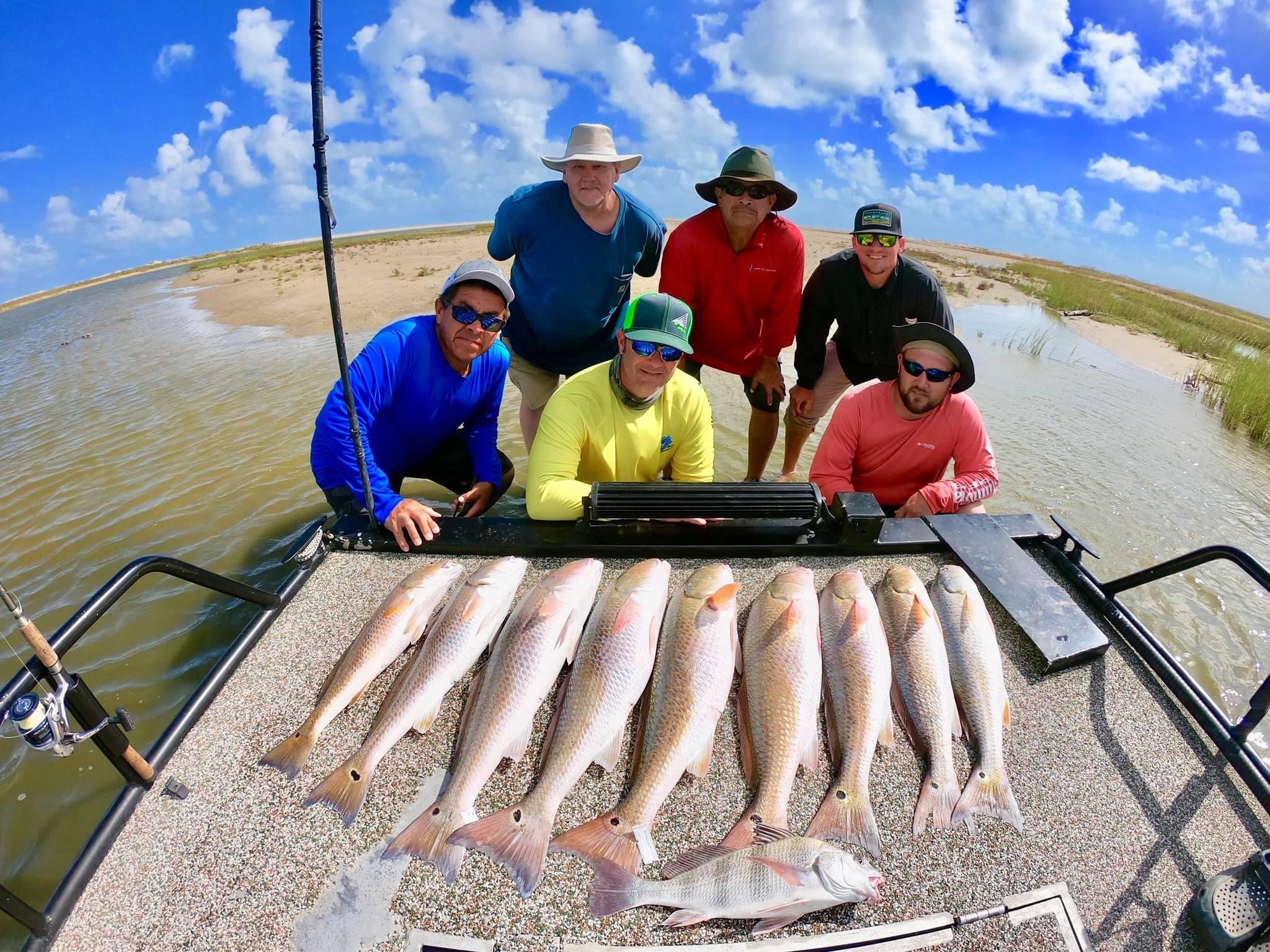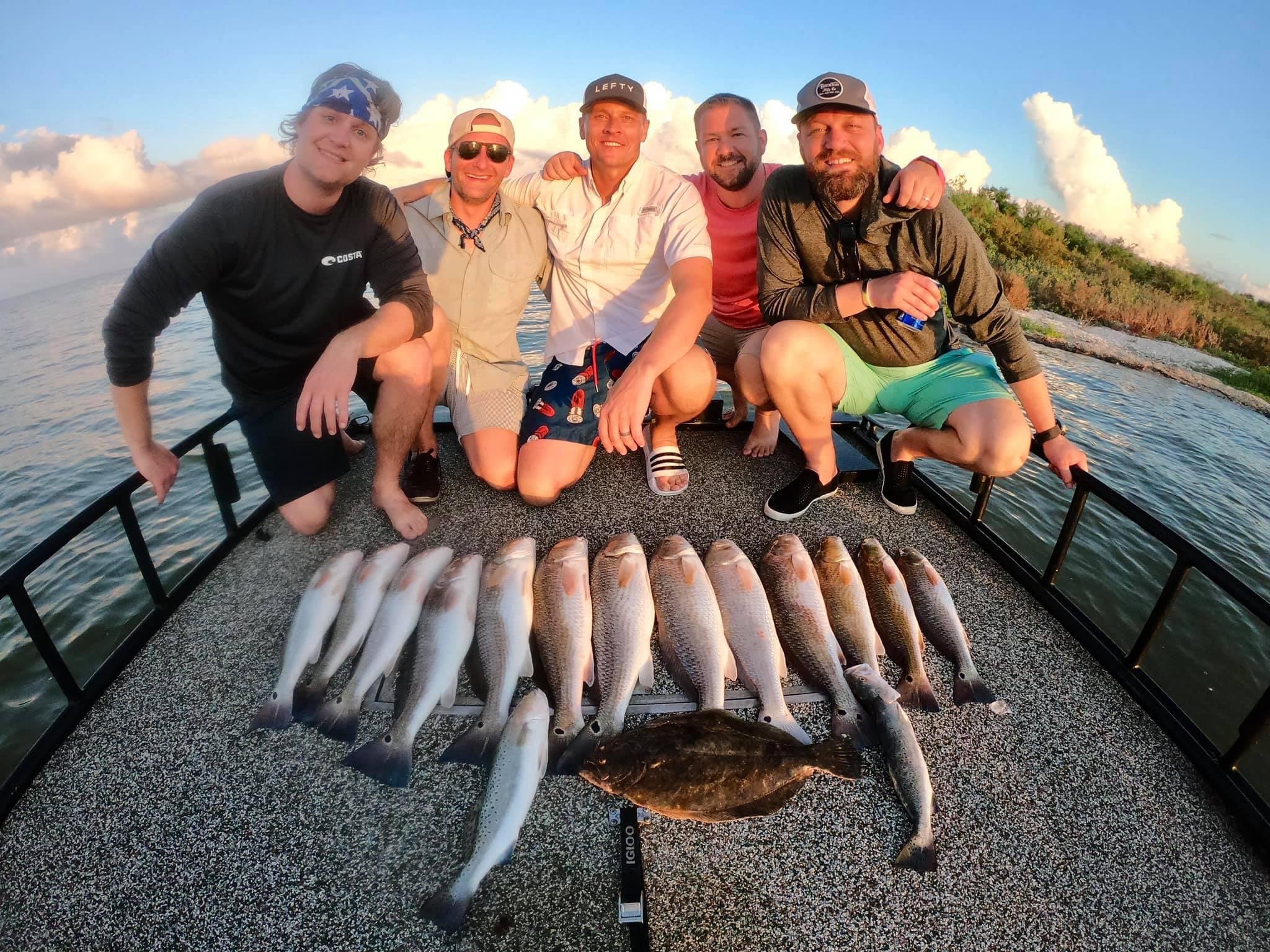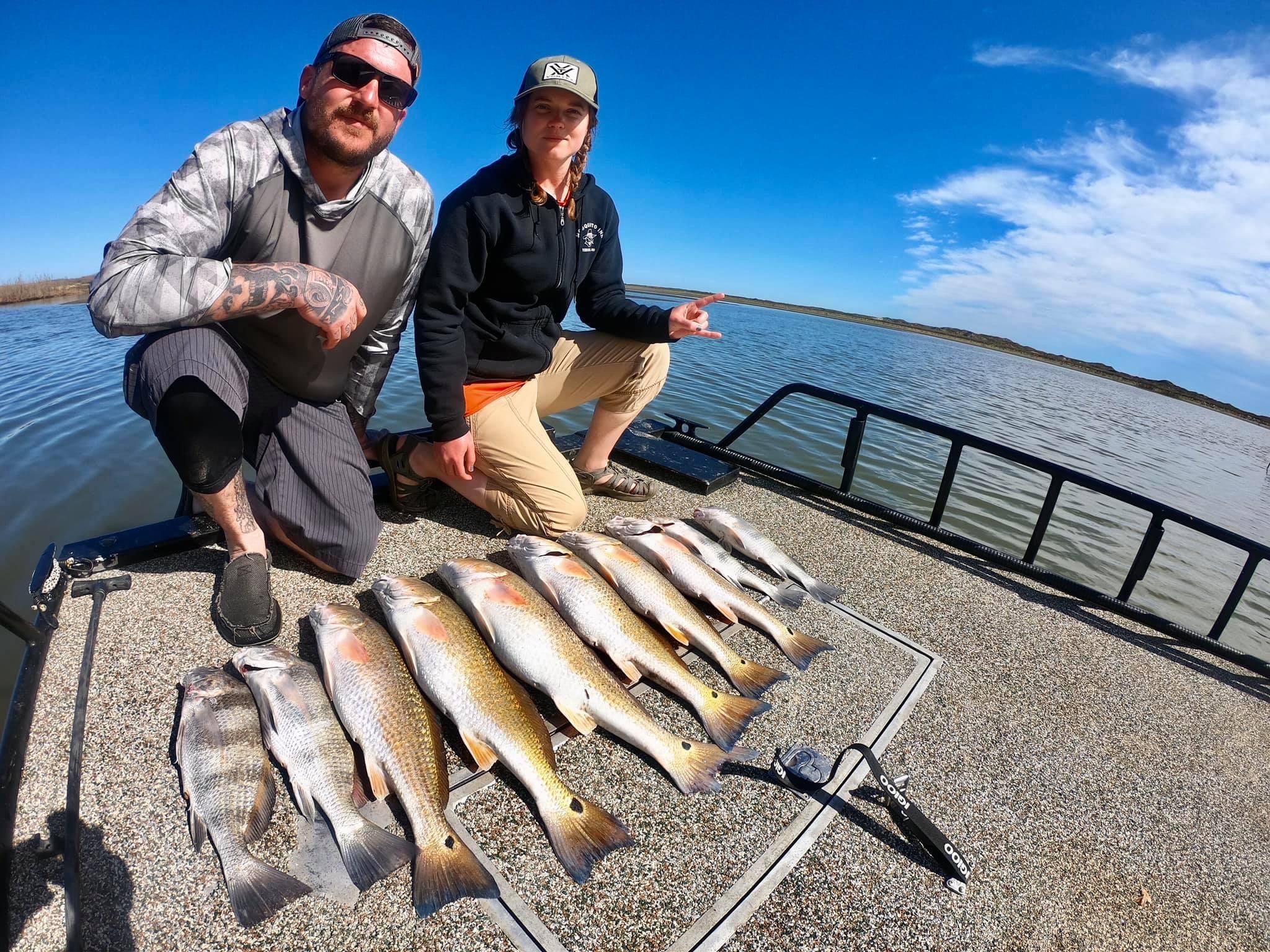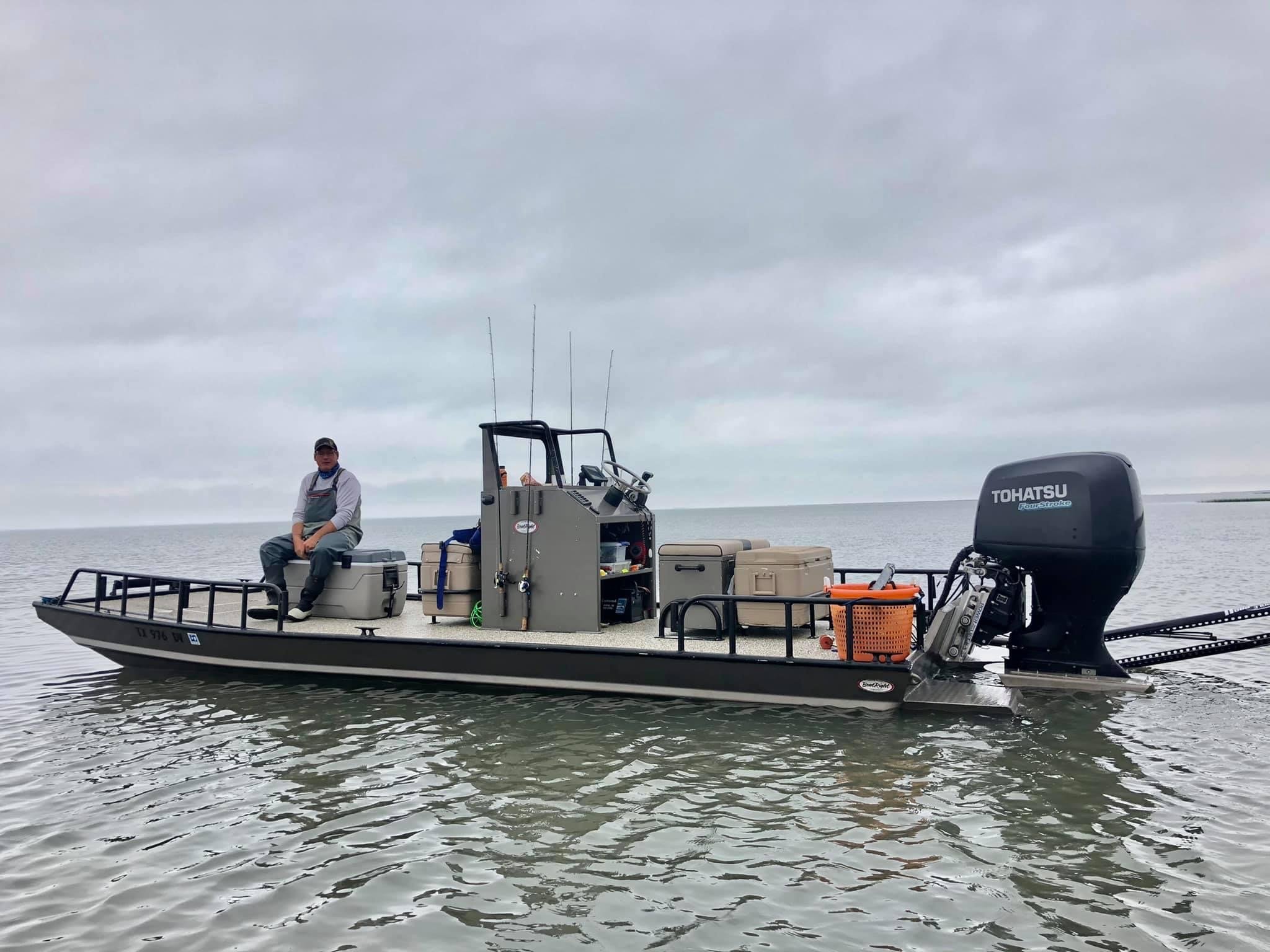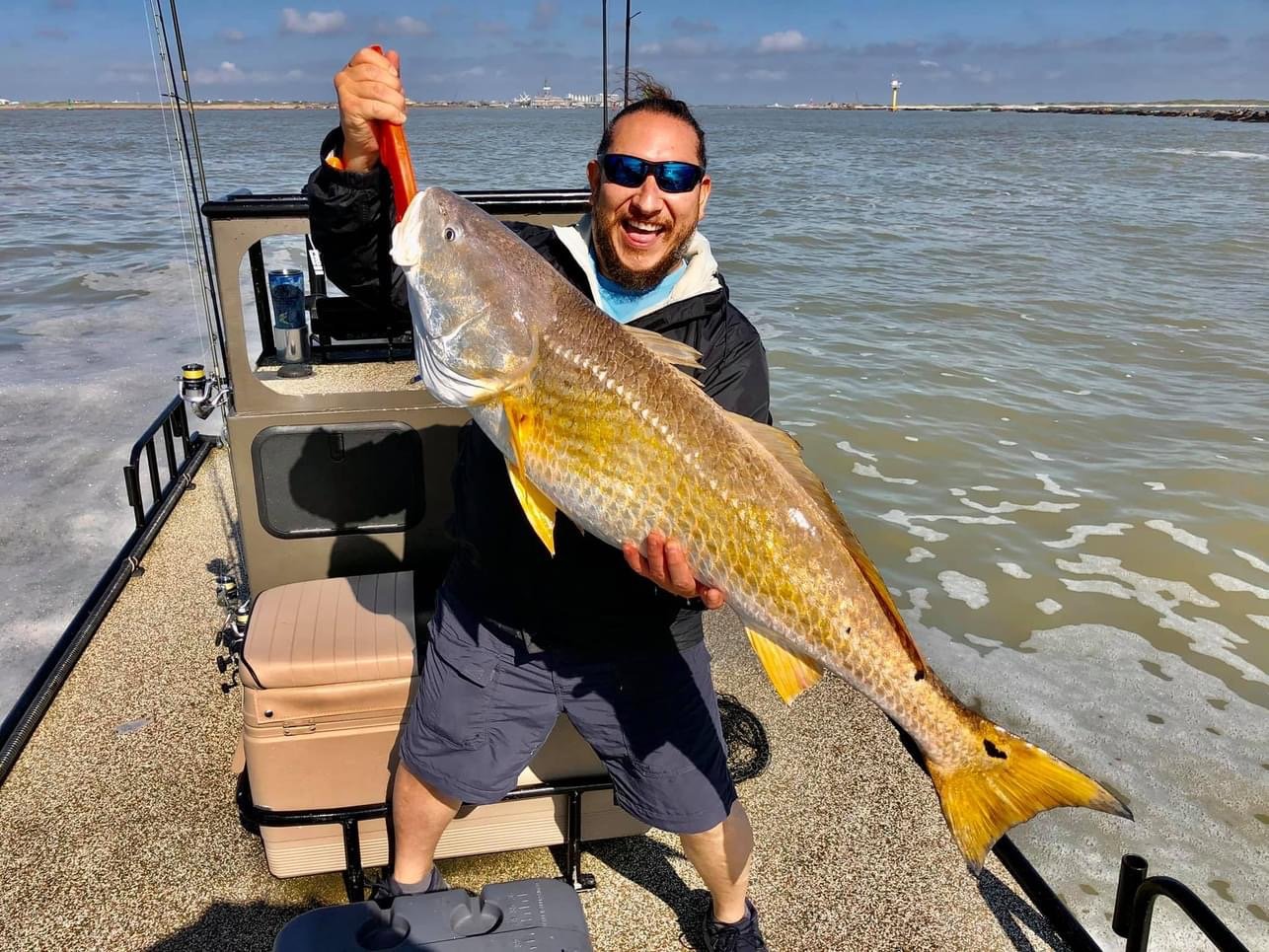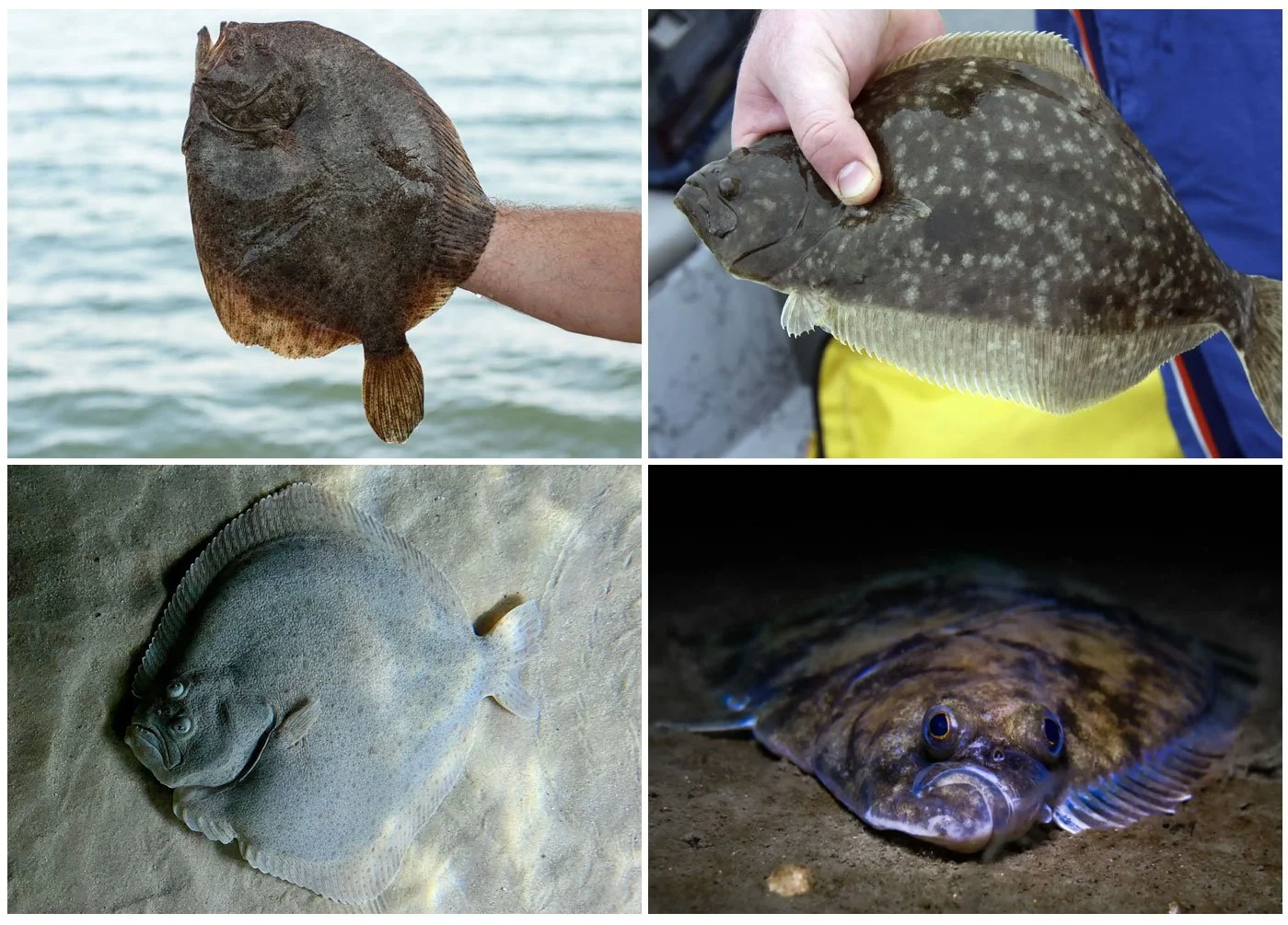How to Catch Flounder in Rockport, Texas?
Flounder fishing in Rockport combines calm bay waters, abundant flats, and a high likelihood of hooking this delicious flatfish. Whether you’re an inshore enthusiast, a visiting angler, or a charter client, mastering flounder tactics here will elevate your catch rates and leave you eager for the next trip with Texas Crew’d.
Why Flounder Fishing Is a Must in Rockport
Flounder fishing in Rockport combines calm bay waters, abundant flats, and a high likelihood of hooking this delicious flatfish. Whether you’re an inshore enthusiast, a visiting angler, or a charter client, mastering flounder tactics here will elevate your catch rates and leave you eager for the next trip with Texas Crew’d.
Best Seasons & Locations for Flounder Fishing
Flounder season in Texas spans November through May, peaking in late winter when cooler temperatures concentrate fish in shallow flats. Texas Parks and Wildlife enforces a minimum size of 15 inches and a daily bag limit of five per angler to sustain healthy stocks.
Top local spots include:
Copano Bay Bridge flats, where tidal currents funnel baitfish and draw flounder to feed.
Redfish Bay flats, accessible by shallow-draft boat or kayak.
Rockport Jetty and Fulton Pier, perfect for shore anglers aiming to work ledges and drop-offs.
Proven Techniques for Catching Flounder
Bottom Fishing with Live and Artificial Bait
Live mullet and bay shrimp rank among the most effective baits. Rig a live mullet on a 1/0 to 2/0 circle hook beneath a small split shot, let it drift along the bottom, and watch for gentle twitches—flounder often inhale bait subtly before darting away. Soft plastic paddle tails in white or chartreuse, paired with a 1/8–1/4-ounce jighead, mimic minnow movements and entice aggressive strikes (FishingBooker, 2025).
Jigging, Gigging, and Shore Tactics
Jigging from a boat or the bridge involves bouncing your lure off the bottom in short, sharp motions to provoke reaction bites. For night gigging, wade 1–3 feet deep with a pole-mounted LED light and a sharpened gig—pausing when you spot flounder silhouettes on sandy flats. From shore, cast parallel to drop-offs and slowly reel so your jig drifts in a natural “hop-and-fall” pattern.
Identifying Flounder Habitat and Behavior
Flounder favor sandy or muddy bottoms adjacent to structure—rock jetties, oyster beds, and submerged grass lines. During high tide, they move onto flats to feed, often hugging the edge of oyster reefs where bait concentrates. Watch for subtle bottom contours and drop-offs; these transitional zones are flounder highways.
Tackle and Gear Recommendations
Rod & Reel: A medium-action 7–8 ft rod with a spinning reel spooled with 10–20 lb braided line and a 20–30 lb fluorocarbon leader offers both sensitivity and abrasion resistance.
Terminal Tackle: Use 1/8–1/4 oz jigheads for soft plastics, 3/0–4/0 circle hooks for live bait, and small split shots to ensure your bait stays on the bottom.
Night Gigging Essentials: A waterproof headlamp, a 4-prong stainless-steel gig, and a shallow-water fish bag will keep you prepared for nocturnal flounder hunts.
Local tackle shops like Fulton Bait & Tackle and Rockport Fishing Center stock these items and offer updates on current tide conditions and hot spots.
Regulations You Need to Know
All anglers aged 17 or older must carry a valid saltwater fishing license. Southern and Gulf flounder each have the same 15-inch minimum length and five-fish daily bag limit. No closed seasons exist beyond the statewide rules, but always verify special local restrictions before heading out. Practicing catch-and-release for undersized fish and handling them gently ensures a thriving flounder population for future trips.
Frequently Asked Questions
-
Incoming tides concentrate bait along flats and edges, making the one-hour period before high tide ideal for flounder bites. During outgoing tide, fish may move off flats, so target structure zones.
-
Yes. Fulton Pier and Rockport Jetty offer accessible shore spots. Cast soft-plastic jigs parallel to drop-offs and retrieve slowly to mimic shrimp behavior.
-
No separate closure exists, but the statewide bag limit of five per angler and 15-inch minimum length apply year-round. Always check TPWD updates before fishing.
-
Live mullet and bay shrimp consistently outfish other baits. Hook shrimp through the tail or collar to allow natural movement and improve hookup rates.
-
Yes. Anglers 17 and older require a Texas saltwater fishing license. Non-residents can purchase short-term licenses online or from local tackle shops.
Booking a Charter with Texas Crew’d
A guided flounder trip with Texas Crew’d provides expert captain knowledge of tides, bait, and hidden flats—maximizing your hookup rate and confidence on the water. All necessary gear is supplied, from rods and tackle to live bait. To reserve your spot, book a Fishing Charter in Rockport, TX with Texas Crew’d today!


